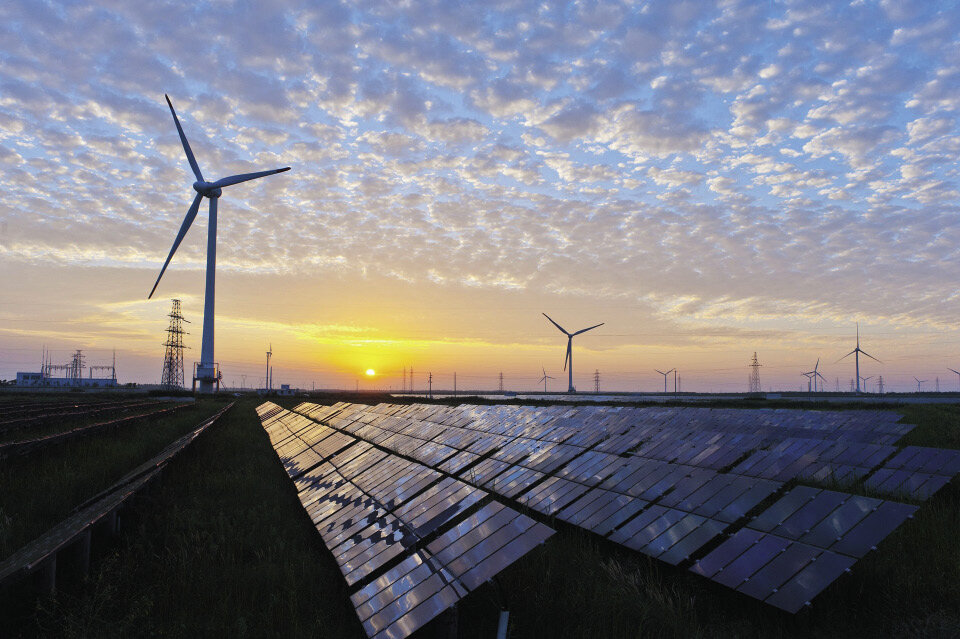Predoctoral fellow Hengrui Liu discusses Climate Policy Lab’s newest policy brief which covers China's recent advancements in climate policy development, climate mitigation and adaptation progress, an updated climate change adaptation strategy, a more ambitious NDC, and new targets in the 14th Five-Year Plan.
Read MoreHengrui Liu discusses China’s newly released “Working Guidance For Carbon Dioxide Peaking and Carbon Neutrality in Full and Faithful Implementation of the New Development Philosophy” ( The “1” Policy).
Read MoreLast fall, President Xi Jinping surprised the world with his announcement that China would achieve climate neutrality by 2060. This bold step and accelerates an already long list of major Chinese national efforts that not only will help China transform its domestic economy, but also put China in a leadership position globally with respect to having a mid-century target.
Read MoreMarket-based policy tools like the emissions trading system are a new endeavor for China, which has generally relied on command-and-control policies to regulate the environmental protection since the establishment of pollutant discharge fees in 1978. However, new approaches became more pressing as air pollution rose to be a major focus of Chinese society starting in 2008 and concerns about climate change issues increased over time.
Read MoreChina’s recent pledge to achieve ‘net-zero’ emissions by 2060 garnered much international attention. Europe and Japan are already committing to net zero targets that phase out most coal usage by 2030, and a re-entry of the United States into the Paris Agreement will mean greater pressure on China to exit from coal. China’s top academic experts are suggesting the country’s coal use needs to fall to 5 percent or less by 2050, unless coupled with carbon capture and storage. While China’s pledge covers emissions within its own territory, it continues to accumulate a major footprint overseas with its financing of coal-fired power plants. China’s external financing of coal is likely to face greater scrutiny as well with a growing number of countries and international institutions pledging to stop the funding of coal projects.
Read MoreWhen leaders of the G20 met this weekend, they appeared to focus heavily on the major challenge to the global economy: a second wave of the global pandemic and the possibility of breakthrough vaccine. But always in the wings of any global economic discussion is the longer-term challenge of tackling the climate crisis. As G-20 countries consider additional economic stimulus to tackle both crises, our research shows that energy efficiency of buildings (BEE) is a comprehensive solution that can both create new, green jobs while providing a major step towards decarbonizing economies. Both the United States and China have targeted BEE in past stimulus spending. With the G-20 countries pledging to enhance their commitments under the Paris Agreement, including BEE would offer countries multiple benefits.
Read MoreChina’s leaders are meeting this week to set the country’s long-term goals. An important element of the process will be the country’s next Five-Year Plan (FYP), which provides a roadmap and window into China’s vision for itself and its economy. This year’s FYP is particularly significant for the world because it will explain how the Chinese government plans to reach its newly announced target of zero net carbon emissions by 2060. Previous plans have emphasized the need for China to promote technology innovation self-sufficiency including in the important area of energy as well as to set targets for non-fossil energy, energy efficiency, coal caps, and carbon intensity. New energy technology, including electric and automated cars, renewable energy, and batteries, featured widely in China 2025, the country’s widely disseminated industrial plan. China’s 12th FYP targeted new energy vehicles as one of seven strategic industries, allocating billions of dollars to their development and promotion.
Read MoreAs China prepares to peak its carbon emission before 2030 and achieve carbon neutrality before 2060 as recently announced by President Xi Jinping and Germany readies its participation in Europe’s plans to become climate neutral by 2050 via $572 billion in stimulus funds, the question of how best to foot the bill to promote new ambitious government targets for renewable energy will be back front and center.
Read More







